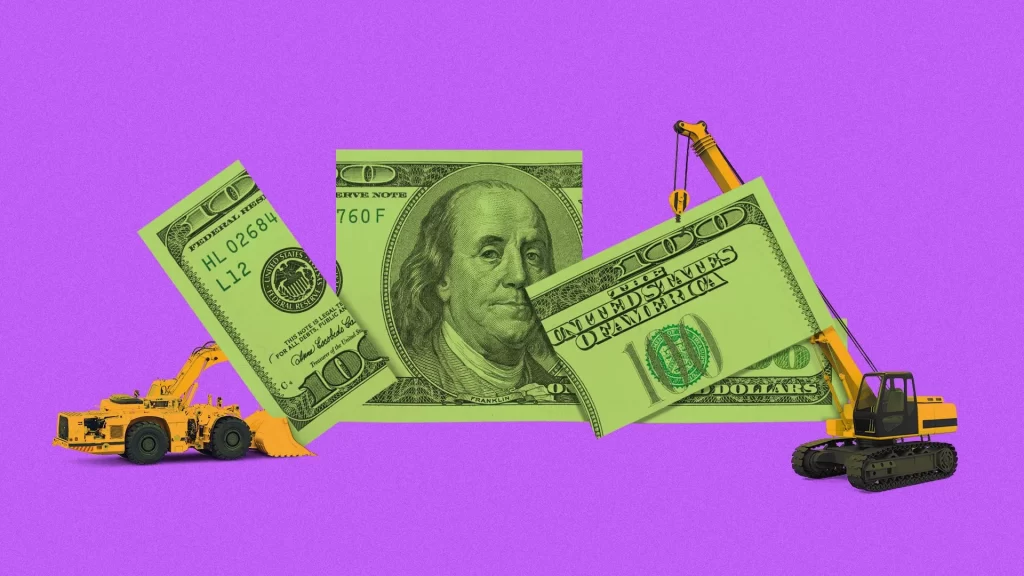
There’s an unprecedented building boom underway in America. With it has come a less-noticed phenomenon: a surge of investment into communities left behind in the last economic expansion.
Why it matters: Poorer counties with lower employment rates have attracted a large share of the hundreds of billions of dollars allocated for clean energy projects, semiconductor mega-factories and more.
- If sustained, the investment surge has the potential to help reshape local economies — a sharp departure from the 2010s, a period that saw more muted investment in these parts of the country.
Driving the news: These counties have received a disproportionate share of investments relative to their economic output, according to a new report from the Brookings Institute and Massachusetts Institute of Technology.
- The researchers look at private investment in economically distressed communities — the 1,071 counties with a median income below $75,000 and prime-age employment that significantly lags the national average.
- “The previous three years of data indicate that after decades of economic divergence, strategic sector investment patterns are including more places that have historically been left out of economic growth,” the report says.
The big picture: The building boom has been spurred in part by money allocated under Biden-era legislation — the Inflation Reduction Act, Bipartisan Infrastructure Law, and CHIPS and Science Act — that’s helping put a floor under the national economy and sustaining demand for workers.
- Some of that legislation provides incentives for investments in low-income areas.
- Since 2021, distressed communities received 16% of investments in clean energy, chips, bio-manufacturing and other industries. That’s double their share of national GDP and about 1.2 times their share of the U.S. population.
Between the lines: When compared to overall private investment, investments in these specific industries are more likely to go to distressed communities.
- “Distressed communities are attracting new clean energy and semiconductor investment at roughly twice the rate of traditional private investment,” says Brian Deese, former top White House economic adviser who joined MIT last year.
- “If this trend continues, it has the potential to change the economic geography of the country and create economic opportunity in parts of this country that too many people have written off in the past,” says Deese, an author of the report and a key architect of Biden’s industrial policy.
The intrigue: These counties are mainly concentrated in southern states but include some areas in the Northeast, West and Midwest.
- In effect, it’s created a new center for American private investment — a much different trend than that seen in the 2010-2020 period.
- During that time, distressed counties received an average of 8% of total private fixed investment (excluding residential investments) — roughly the same as their share of national GDP.
The huge question heading into the 2024 election is what credit Biden gets for the investment boom.
- In some states, Republicans are taking credit for the manufacturing renaissance, Axios’ Hans Nichols has reported.























